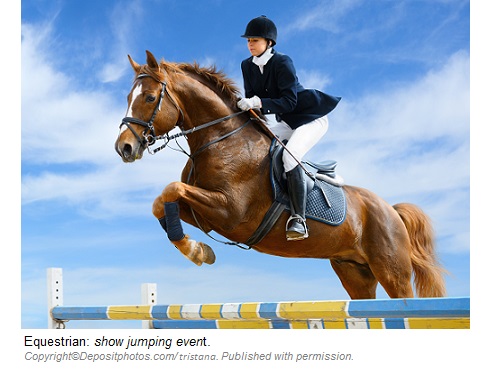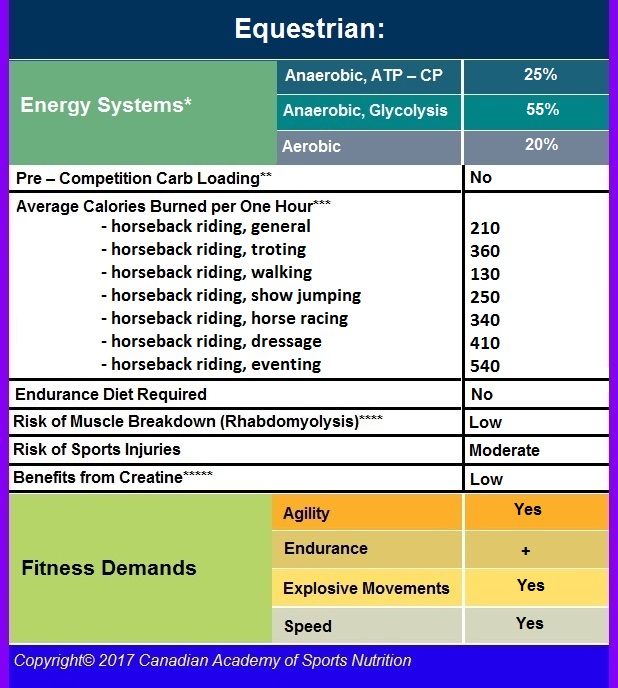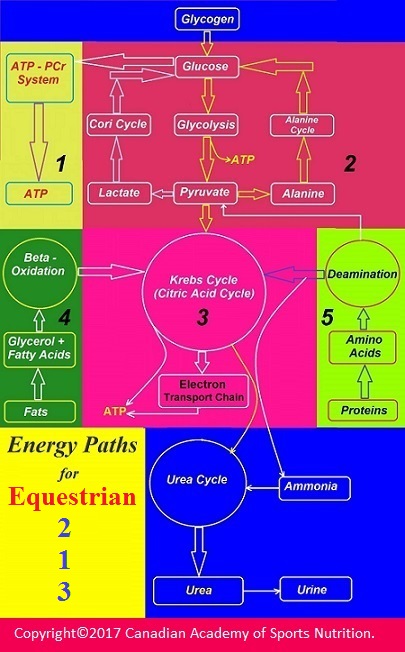Equestrian is the skill of riding, driving, steeple chasing or performing activities with horses. It is also known as horseback riding or horse riding. Being an Olympic sport, Equestrian is played as a recreational or professional competitive sport. Even though, it has many variations, the three International and Olympic disciples are dressage, eventing and show jumping.
Dressage:
This discipline is a very skilled form of horse riding that requires continuous and progressive training of the horse to a high level to enable the horse to obey and perform a series of predetermined movements without thinking.
Show jumping:
This discipline is a timed event in which the horse and the rider should jump over a series of obstacles.
Eventing:
This equestrian event combines the dressage discipline with cross-country and show jumping. This event could be run as a one-day-event or three-day event.
Horse racing:
It is a traditional form of horse riding in which two or more jockeys compete with each other by riding or driving their horses over a predetermined distance.
Harness racing:
It is an equestrian event in which a jockey rides a horse that pulls a sulky (a two-wheeled cart).


*Depending on the form and duration of equestrian events, the energy systems vary. See “Energy Systems” under the section of “Sports Nutrition”.
**See “Carbohydrate Loading” under the section of “Sports Nutrition”.
***Your body weight and body metabolism are important elements affecting the average calories you burn during any physical activities. This is the average amount of calories burned by a person with a body weight of 155 Ibs (70 Kg) within one hour of this sport.
****See “Post – Exercise Rhabdomyolysis” under the section of “Athletic Disorders”.
*****See “Creatine Monohydrate” under the section of “Sports – Performance Enhancers”.
For the “energy paths” of this sport, see the “energy map” below.


